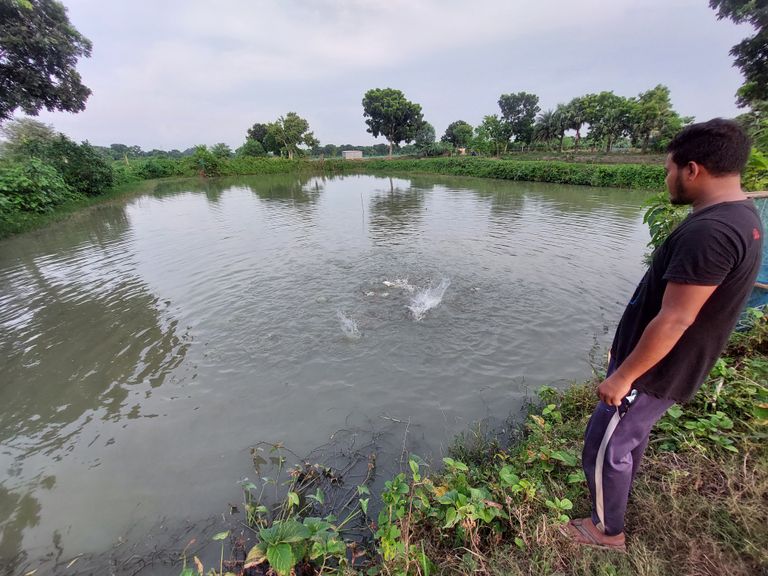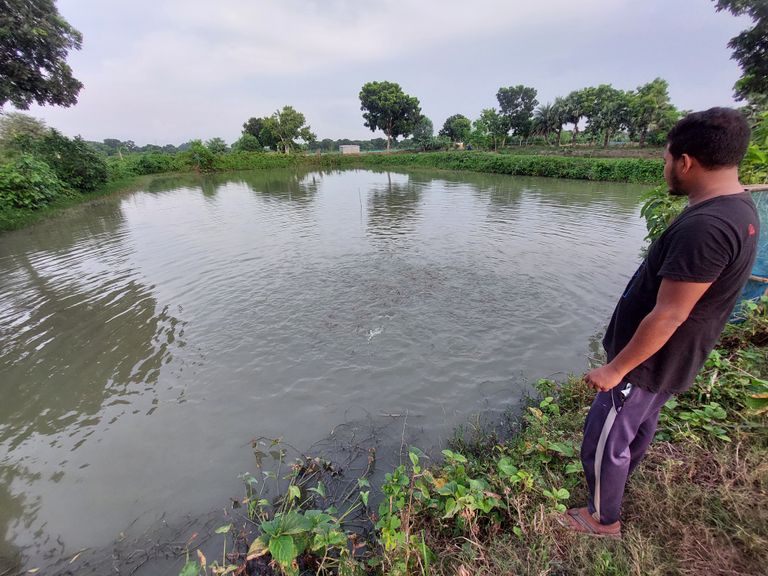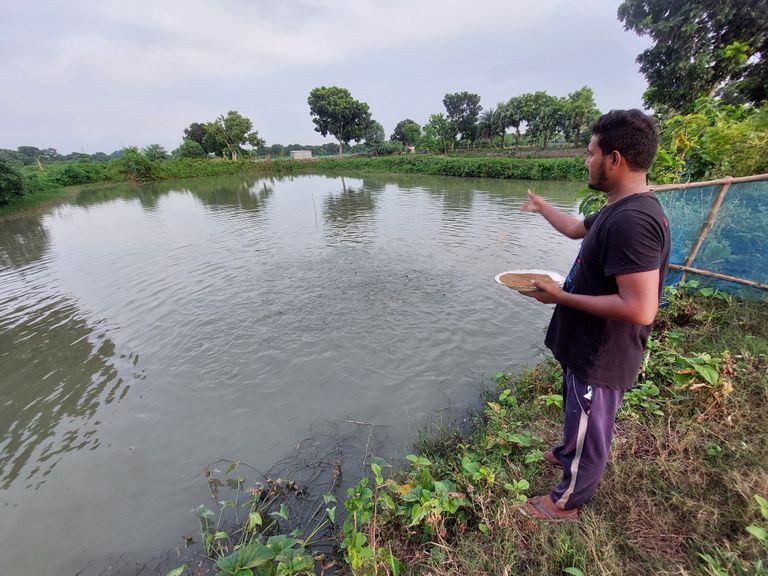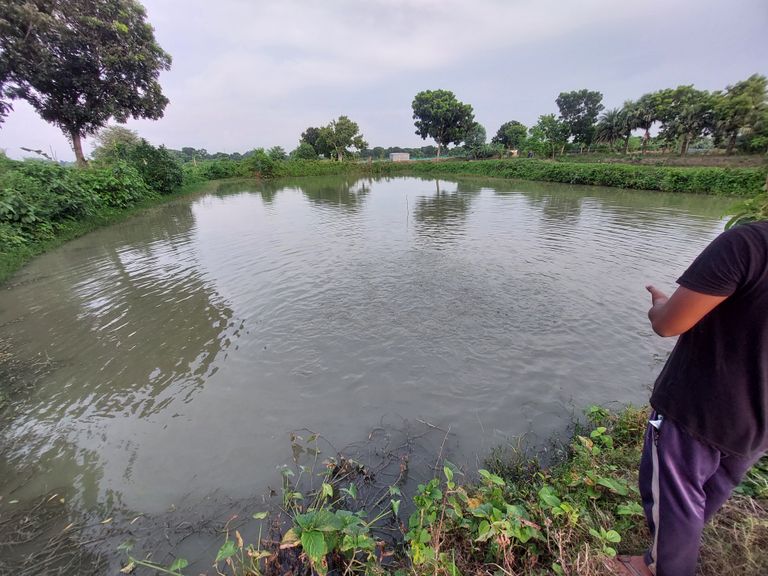
The rapid expansion of the importation and commercial cultivation of Thai pangas led to a global change in aquaculture. But due to the huge increase in the cost of farming materials including the lease price of ponds and ponds, the farmers are no longer profitable as before and are looking for alternative profitable fish farming methods. On the one hand, pangus farming is easy to manage and the production level is high, but even if there is no profit in pangus farming, the farmer is not interested in abandoning this fish farming. On the other hand, the low production rate of indigenous carp fish and the tendency of higher profit per unit volume of water force the farmer to adopt various alternative systems of fish farming.
As a solution, commercial fish farmers have been trying to find ways to profitably farm different fish species as co-crops with Thai pangas. Along with pangas fish, tilapia, koi, lobster and hornbill etc. have been farmed since last few years. Among alternative fish farming management, Tilapia (monosex) and horn fish are currently being co-farmed commercially with pangus fish with great success in Mymensingh and Comilla regions, which play a leading role in large-scale fish farming.

Fish production and financial profit are also high in a unit volume of pond. It should be noted here that the mentioned three species of fish can be farmed individually, but their mixed farming is much more profitable than their single farming. This method is particularly acceptable as the bottom environment of the water body is preserved by biological means besides ensuring the maximum utilization of the water body. It is necessary to expand this fish farming system profitably to meet the animal meat demand of


the growing population and to generate employment through fish farming.